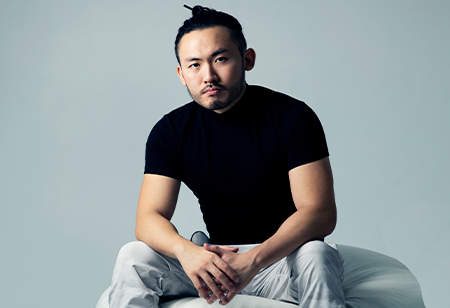
Tim Fu is a renowned designer known for his speciali- sation in of advanced computation and artificial intelligence (AI). As an active educator, Tim leads diverse workshops on computational design in the academia and is a prominent voice on the use of AI in architecture, speaking at conferences globally.
In a conversation with Prisila (Correspondent, Asia Business Outlook Magazine), Tim shared his insights on AI in architecture, its challenges, and compared AI-generated designs with human-made ones for creativity and innovation.
AI's current inability to fully understand complex building codes and regulations necessitates a collaborative approach, where architects refine AI proposals to align with practical construction standards and client requirements
How is AI currently being integrated into the field of architecture?
AI is revolutionizing the architectural field through its integration into design processes, analysis, and construction. Architectural firms such as ours are utilizing AI for generative design, enabling the rapid exploration of complex design alternatives based on predefined criteria. Beyond visual AI, we also adapt AI's predictive capabilities to enhance energy modeling and structural analysis, allowing architects to optimize for sustainability and durability early in the design phase. We are also in the process of streamlining AI into project management and documentation, reducing errors and improving efficiency. As AI technology advances, it is set to further transform architectural practices, making designs more innovative, efficient, and responsive to human needs.
What limitations or challenges do architects face when incorporating AI into their workflow?
The primary challenge in incorporating AI into architectural workflows lies in bridging the gap between AI-generated concepts and real-world feasibility. For example, while AI can generate visually compelling designs, translating these into structurally sound and code-compliant buildings requires significant human intervention. Moreover, AI's current inability to fully understand complex building codes and regulations necessitates a collaborative approach, where architects refine AI proposals to align with practical construction standards and client requirements.
How do AI-generated designs compare to those created solely by human architects in terms of creativity and innovation?
AI-generated designs often exhibit an unparalleled level of creativity, as seen in the project "AI Stone Column" by Tim Fu & Till Apfel, which reimagines traditional stone carving through a digital lens. These designs can push the boundaries of conventional architecture, offering fresh perspectives that might not emerge from traditional design processes. However, the role of the architect remains irreplaceable in imparting designs with contextual relevance and emotional depth, underscoring the complementary nature of human and AI collaboration in fostering innovation.
How do architects ensure that AI-generated designs comply with building codes and regulations?
Architects play a crucial role in adapting AI-generated designs to ensure compliance with building codes and regulations, leveraging their expertise and knowledge. However, the trajectory of AI in architecture points towards a future where these systems will become more adept at making accurate design decisions. This will be facilitated by training AI with regulatory databases, enhancing its ability to autonomously generate designs that not only embody creativity but also adhere to all necessary compliance criteria, streamlining the architectural design process further.
What do you envision as the future of AI in architecture, and what advancements do you anticipate in the coming years?
The future of AI in architecture promises a closer integration of AI in all facets of design and construction, moving beyond conceptual design to encompass detailed design development, compliance checking, and even aspects of construction management. I foresee the emergence of AI systems capable of generating not only innovative designs but also detailed technical drawings and documentation, streamlining the transition from concept to construction. This evolution will further enhance the architect's role from a designer to a curator of AI-generated solutions, focusing on creativity, sustainability, and human-centric design principles.
We use cookies to ensure you get the best experience on our website. Read more...